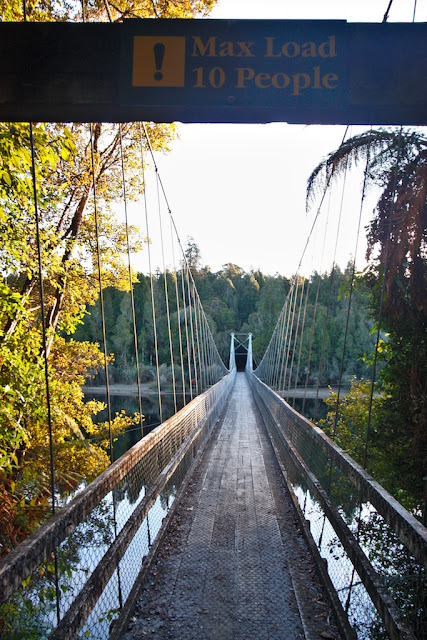I recently spent a weekend at Lake Brunner with Focus Aorangi, the photographic club based in Timaru, New Zealand. The weather was perfect after heavy frosts to start the days. The ultra calm weather lead to some awesome reflections in the both the lake and river.
Lake Brunner was gouged out by a branch of the Taramakau glacier during the last ice age. It is approximately 40 km2 in area, 83m above sea level with a maximum depth over 100m.
The lake was named after Thomas Brunner, who was the first European to see it in 1848. The lake’s Maori name, Moana kotuku “lake or sea of the white heron”, is used for the largest settlement on it shores.
 |
| The jetty at Moana. |
We were fortunate in that the weather was fine after a heavy frost and the was not the slightest breathe of weird which produced some fantastic mirror like reflections.
The Arnold River flows out of the lake at Moana to join the Grey River. A swing bridge across the river leads to the Rakaitane Walk, an easy hour or so return journey.
 |
| Stunning reflections in the Arnold River. |
 |
| Lake Brunner, from the swing bridge. |
 |
| The Arnold river from the view point at the end of the Rakaitane track. |
Shortly after the above photos where taken, peace was broken by an inconsiderate jet skier who destroyed not only only the silence, but the perfect reflections.
 |
| Reflections at sunset |
A few km from Moana is Iveagh Bay.
 |
| Some expensive looking holiday homes at Iveagh Bay. |
 |
| Reflections at Iveagh Bay. |
 |
| Stumps at Iveagh Bay |
 |
| Stumps at Iveagh Bay |
 |
| Iveagh Bay sunset |
On the other side of the lake is the former milling town of Mitchells. Apart from the lodge not much else is left there.
 |
| On the way to Mitchells |
 |
| On the way to Mitchells |
The track along the Bain Bay walk at Mitchells passes over swamps along the lake edge.
 |
| A small tributary to Lake Brunner at Bain Bay. |
At the end of the track there is swamp beyond which you can not go any further. After a good frost, I found this flax bush on its own islet in the swamp with some ice remaining to its left. I like the great reflections here.
 |
The tannin coloured water adds to the intensity
of the blue sky reflection. |
The next blog will feature the Carew Falls near Mitchells as well as some the features found in the bush. Part 2















No comments:
Post a Comment